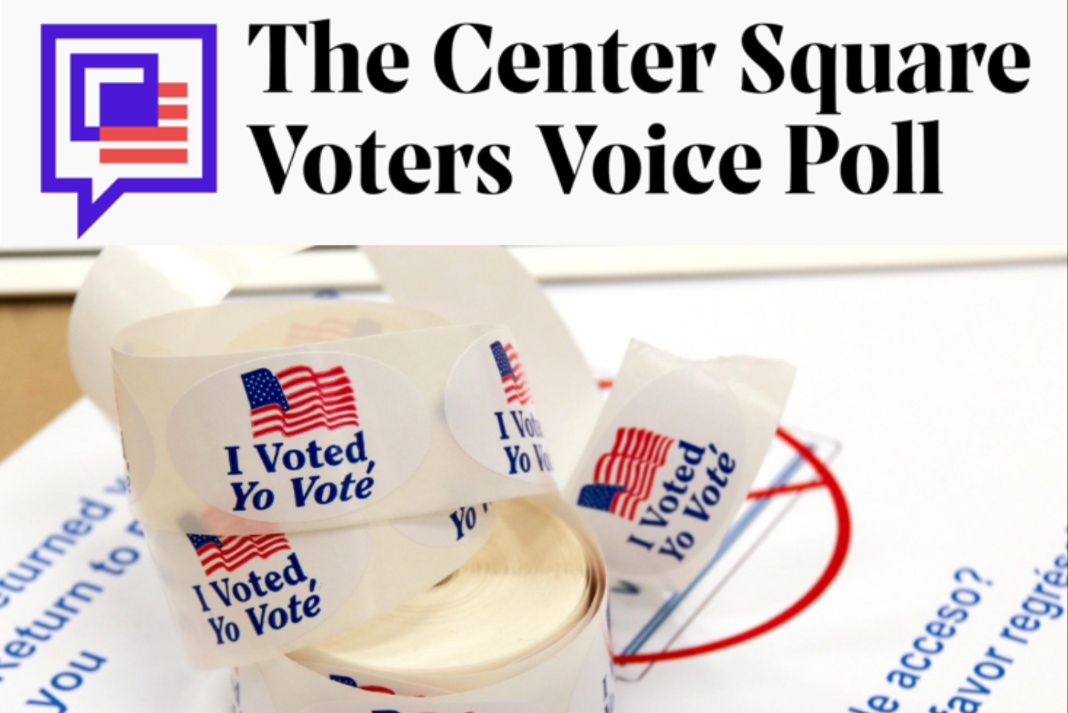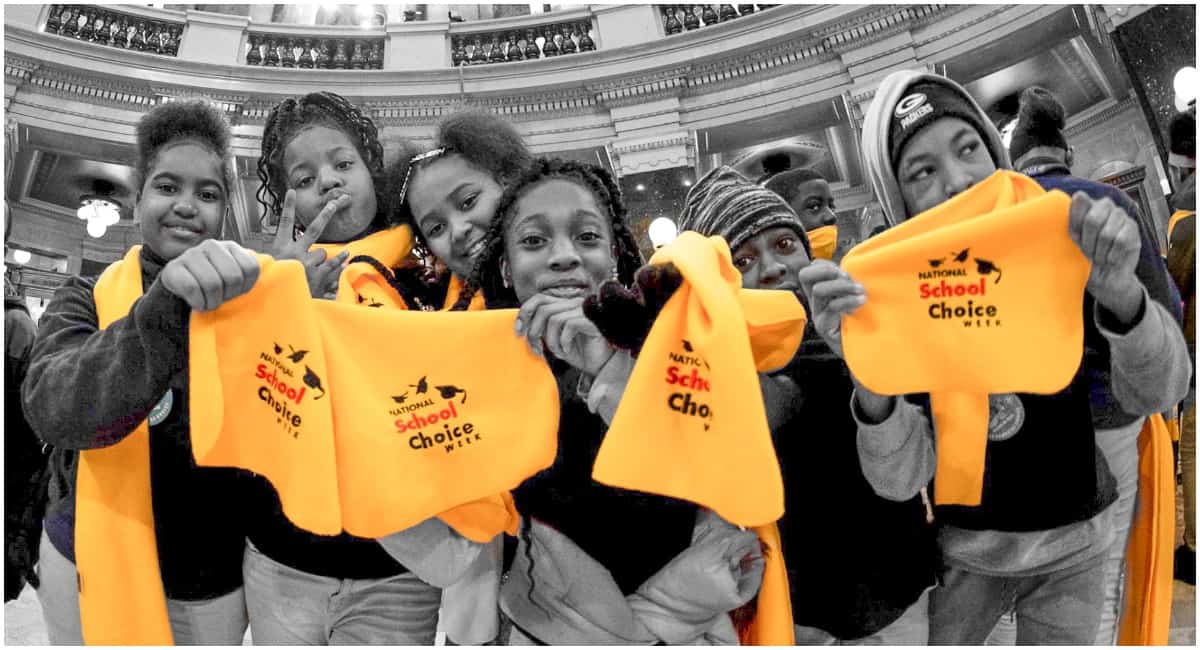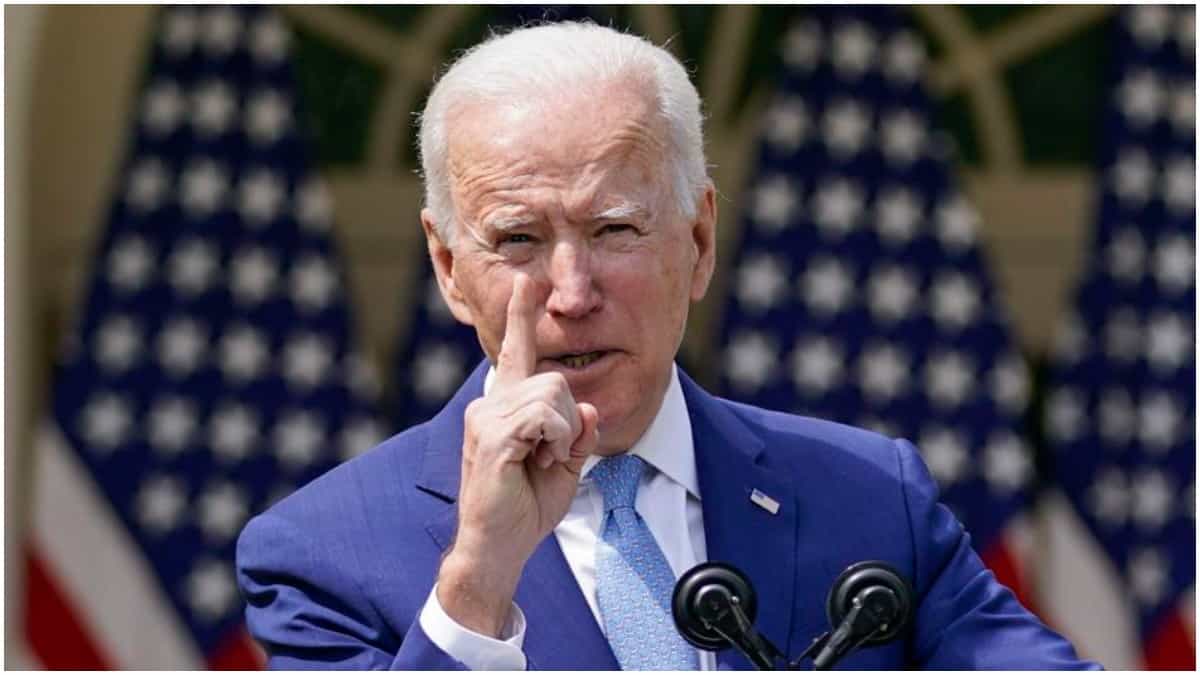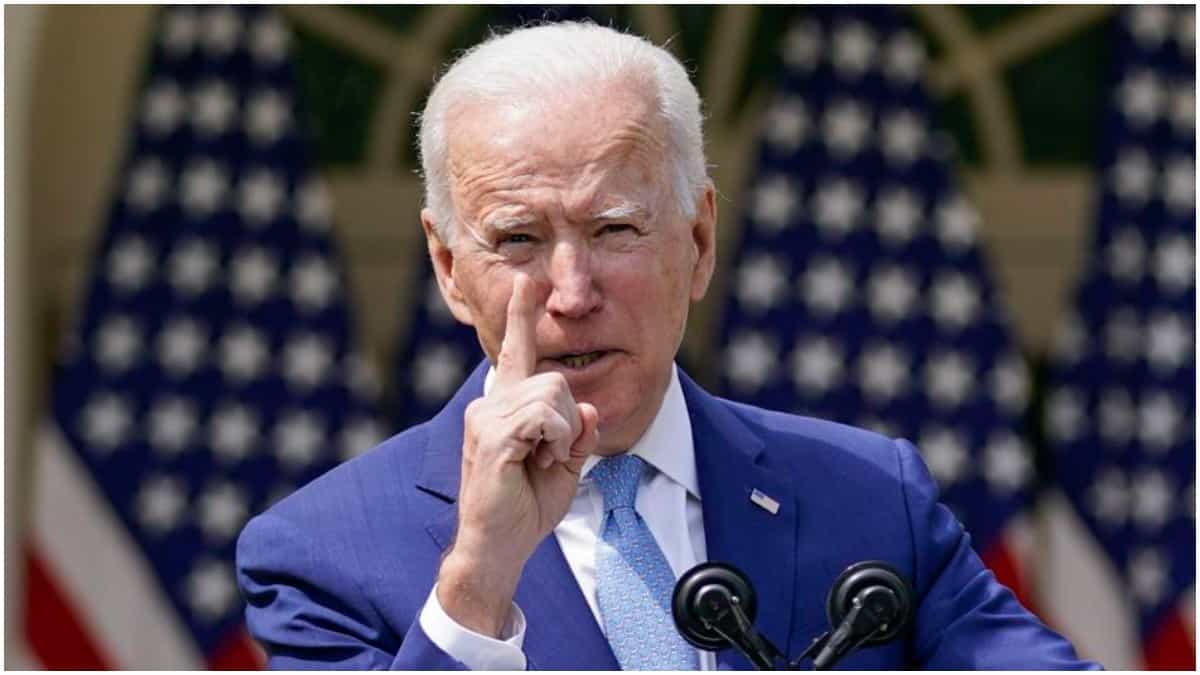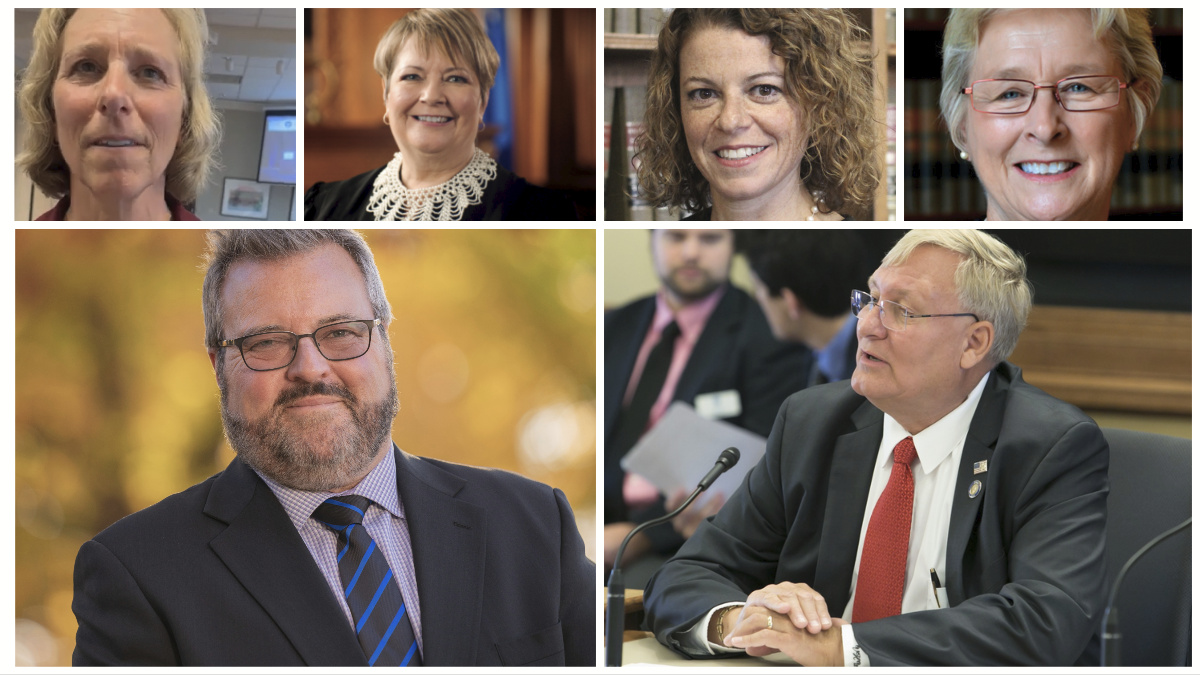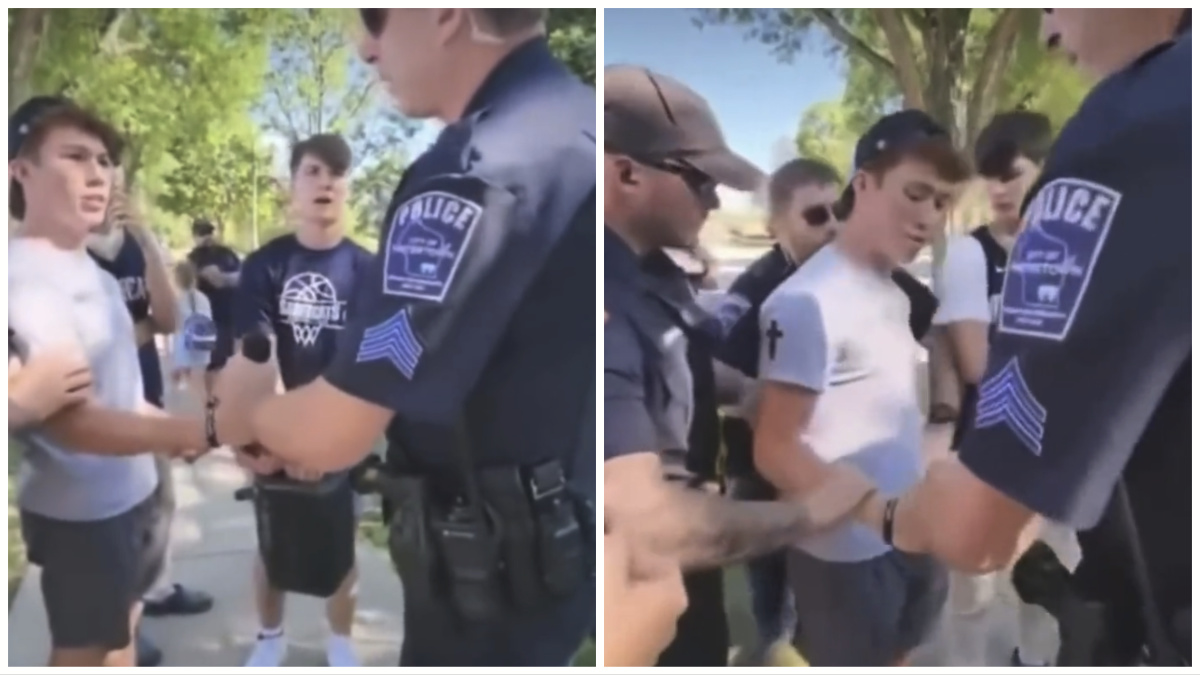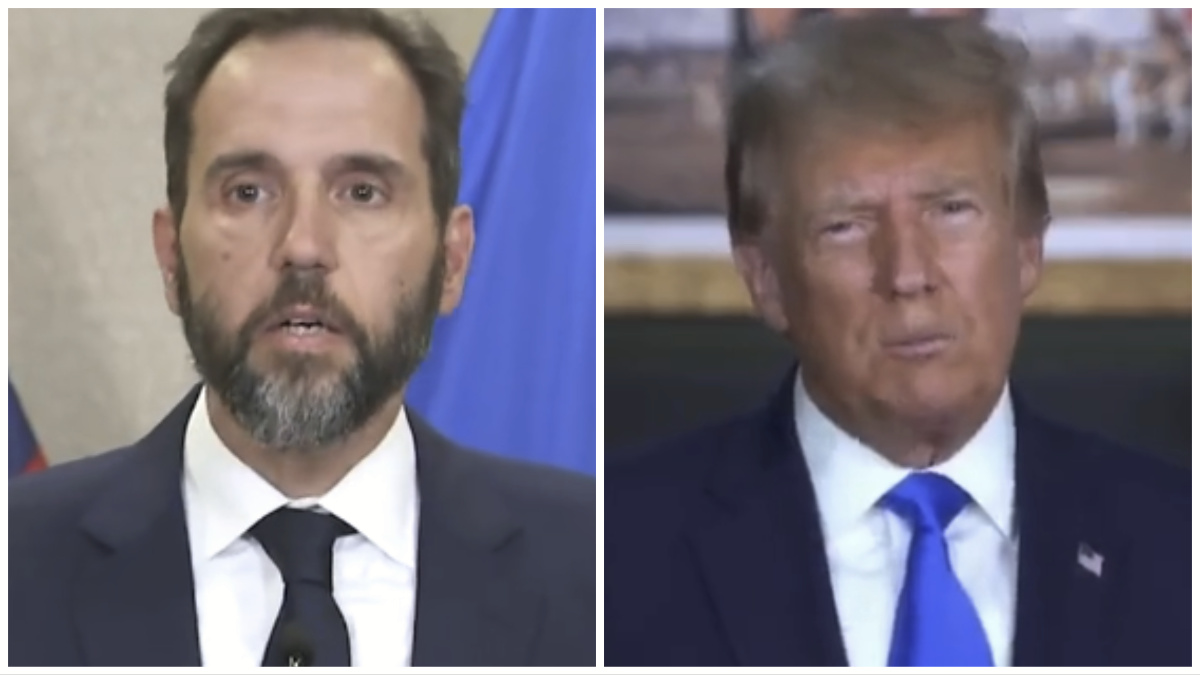There is going to be a flurry of spending by schools across the state of Wisconsin this spring as school districts race to use the last of their coronavirus stimulus money.
The Institute for Reforming Government’s new transparency report shows that nearly two-thirds of Wisconsin’s $1.5 billion in ESSER, Elementary and Secondary School Emergency Relief, money remains unspent. Schools have until September of 2024 to spend or allocate that money, but the budgets for the 2023-2024 school year are being written now.
“We want to shine a light on how this money is being allocated,” Quinton Klabon, IRG senior research director, told The Center Square. “We want to refocus the conversation on whether districts are allocating it swiftly, are they putting it toward stuff that will move the needle for kids.”
So far, Klabon said, schools across Wisconsin have spent about half of their coronavirus money on kids and classrooms.
“Thirty-four percent has gone to teachers. That’s school-day teachers, that’s summer-school teachers, that’s after-school teachers, that’s bilingual for non-English speakers teachers,” Klabon explained. “We have 13% going to curriculum. And that’s not just books….”
Klabon said there is some worry that schools will have to find the money to keep all of those teachers once the federal money that’s been paying their salaries is gone.
But beyond that, Klabon said IRG is focused on spending this final round of federal coronavirus money because it may be the most important.
“ESSER I was basically hotspots and laptops, ESSER II was basically ‘Okay, the pandemic is still going-on. Let’s get them back in school,’ and now ESSER III is ‘Kids are behind, let’s catch them up.,’” Klabon said. “So the time to catch them up is now.”
This spring semester, and the next school year are milestones for many of the kids who were most impacted by Wisconsin’s coronavirus school shutdowns.
“Kindergartners who went home in March 2020 are about to wrap-up third grade. If you’re not on track with reading in third grade, everyone will tell you that is bad news and it’s really, really tough to get back on track,” Klabon said. “If you were in 9th grade when you went home in March of 2020, you’re about to graduate high school.”
Klabon said IRG wants to make sure the money is spent properly, and in ways that help the kids.
You can find IRG’s transparency tool for this federal money here.



